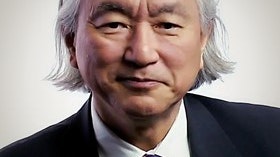Homepage
•
Learning Library
•
Blog
•
The fate of nations depends on science
Expand breadcrumbs
Expand breadcrumbs
- Learning Library
- Blog
- The fate of nations depends on science
- Homepage
- •
- Learning Library
- •
- Blog
- •
- The fate of nations depends on science
The fate of nations depends on science
By Team ISTE
June 25, 2016








